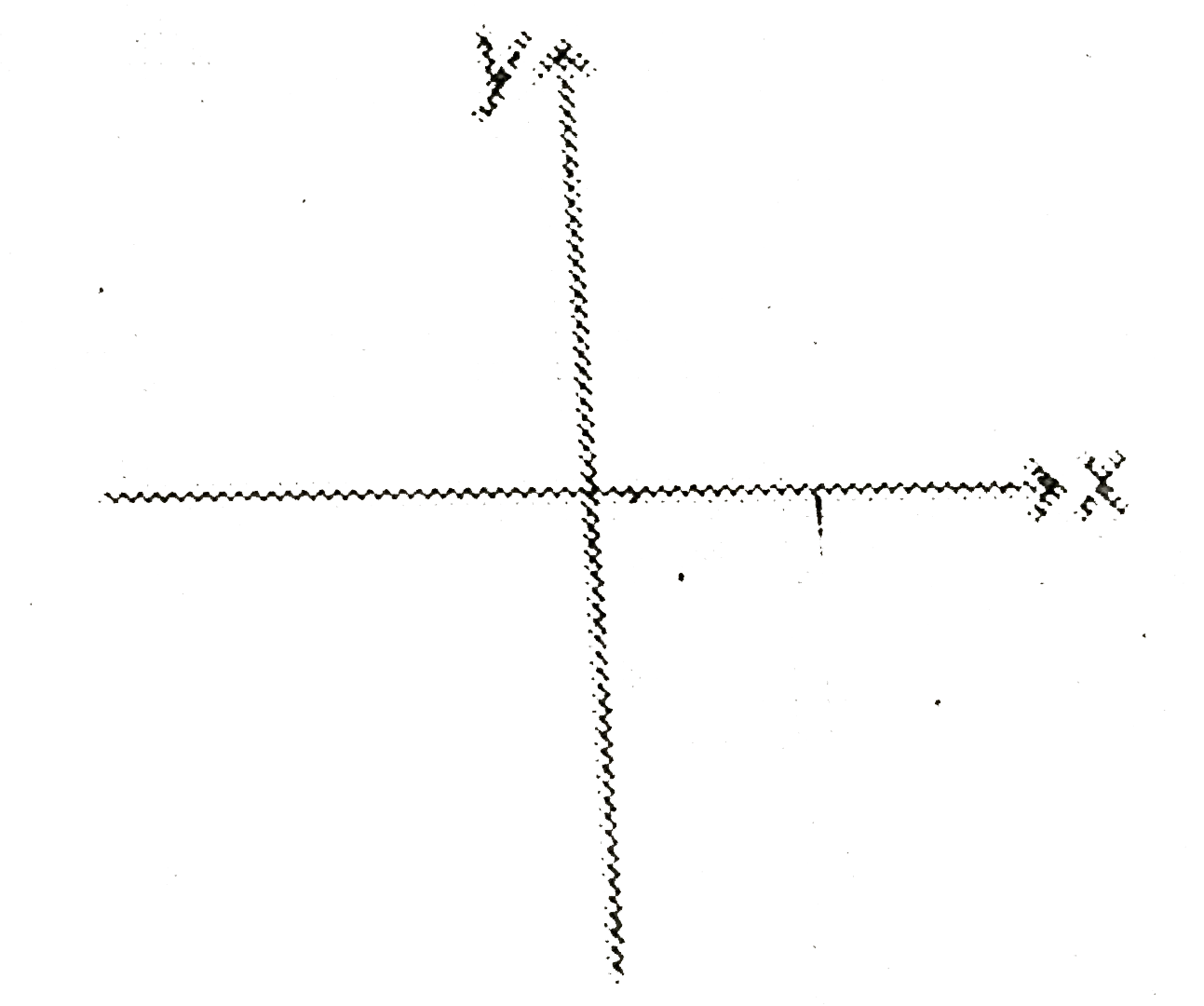Two particle 'A' and 'B' start SHM at t = 0. Their positions as function of time are given by XA=Asinωt,XB=Asin(ωt+π/3)
Column - I Column-IIA) Minimum time when x is same P)5π6ωB) Minimum time when velocity is same Q)π3ωC) Minimum time after which va<0 & vB<0R)πωD) Minimum time after which xA<0 & xB<0S)π2ω
Text Solution
The correct Answer is:A-Q;B-P;C-S;D-R
|
Topper's Solved these Questions
- SIMPLE HARMONIC MOTION BOOK - AAKASH SERIESCHAPTER - SIMPLE HARMONIC MOTION EXERCISE - PRACTICE SHEET (EXERCISE - II)(LEVEL - II)(STRAIGHT OBJECTIVE TYPE QUESTIONS)
20 Videos
- SIMPLE HARMONIC MOTION BOOK - AAKASH SERIESCHAPTER - SIMPLE HARMONIC MOTION EXERCISE - PRACTICE SHEET (EXERCISE - II)(LEVEL - II)(MORE THAN ONE CORRECT ANSWER TYPE QUESTIONS)
2 Videos
- SIMPLE HARMONIC MOTION BOOK - AAKASH SERIESCHAPTER - SIMPLE HARMONIC MOTION EXERCISE - PRACTICE SHEET (EXERCISE - I)(LEVEL - II)(LINKED COMPREHENSION TYPE QUESTIONS)
2 Videos
- ROTATIONAL MECHANICSBOOK - AAKASH SERIESCHAPTER - ROTATIONAL MECHANICSEXERCISE - Questions for Descriptive Answers
20 Videos
- SURFACE TENSIONBOOK - AAKASH SERIESCHAPTER - SURFACE TENSIONEXERCISE - ADDITIONAL PRACTICE EXERCISE (PRACTICE SHEET (ADVANCED) INTEGER TYPE QUESTIONS )
8 Videos
Similar Questions
Knowledge Check
The equations of two SH M's are
X1=4sin(ωt+π/2).X2=3sin(ωt+π)A6 unitsB5 unitsC1 unitsD7 unitsThe motion of a particle is given by x=Asinωt+Bosωt. The motion of the particle is
Anot simple harmonicBsimple harmonic with amplitude A+BCsimple harmonic with amplitude (A+B2)Dsimple harmonic with amplitude √A2+B2The motion of a particle is given by x=Asinωt+Bcosωt. The motion of the particle is
Anot simple harmonicBsimple harmonic with amplitude A + BCsimple harmonic with amplitude (A+B)2Dsimple harmonic with amplitude √A2+B2
Two simple harmonic motions given by, x=asin(ωt+δ) and y=asin(ωt+δ+π2) act on a particle will be
View SolutionA xandy co-ordinates of a particle are x=Asin(ωt)andy=Asin(ωt+π/2). Then, the motion of the particle is

View SolutionThe displacemeent of a particle is given at time t by x=Asin(−2ωt)+Bsin2ωt. Then,
View SolutionThe displacement of a particle is given at time t, by:
x=Asin(−2ωt)+Bsin2ωt Then,
View SolutionTwo simple harmonic motions given by, x=asin(ωt+δ) and y=asin(ωt+δ+π2) act on a particle will be
View Solution
